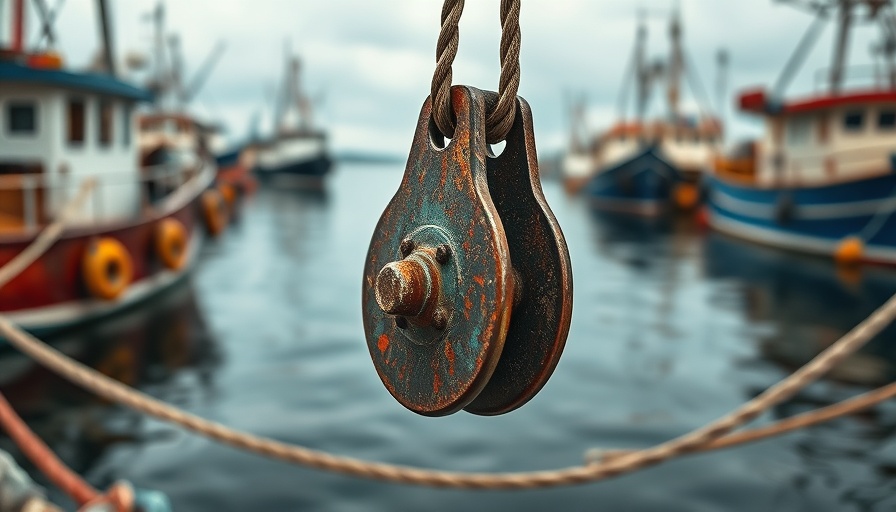
Understanding the Harmful Nature of Bottom Trawling
Governments are convening in France to confront a pressing environmental issue: bottom trawling. This destructive fishing method drags heavy nets across the ocean floor, capturing vast amounts of marine life, including fish and wildlife. These discussions are crucial due to the ongoing concerns about the health of our oceans. A recent film, “Ocean,” narrated by naturalist David Attenborough, presents eye-opening footage that starkly illustrates the risks associated with bottom trawling, emphasizing the urgency for change during the United Nations Ocean Conference.
The Current State of Our Oceans
As per a 2021 report, a staggering 99% of trawling occurs within exclusive economic zones — areas where coastal countries manage marine resources, with only 1% happening in the unregulated high seas. Despite commitments to protect 30% of the world's oceans by 2030, only 8% is currently safeguarded, with many marine-protected areas still allowing harmful practices like bottom trawling.
The Process and Consequences of Bottom Trawling
Bottom trawling targets species such as cod, haddock, and shrimp by scraping the ocean floor. While it yields significant catches, this practice endangers biodiversity and destroys delicate ecosystems. Conservationists warn of the collateral damage, where larger fish, dolphins, and birds become unintentional by-catch, often discarded dead back into the sea.
Moreover, the ocean acts as a critical carbon sink, absorbing carbon dioxide from the atmosphere. However, trawling disrupts this balance by disturbing seabed sediments, releasing stored gases and increasing ocean acidity. This change jeopardizes the development of marine organisms, including vital species like oysters and corals.
The Debate on Sustainability in Trawling
So, can bottom trawling be done sustainably? There is a divided opinion among experts. Many advocate for an outright ban on trawling to revive depleted fish populations and ecosystems. However, some believe that the practice could be made more sustainable. Innovations and stricter regulations may mitigate its effects, as suggested by a 2023 study. The Marine Stewardship Council promotes sustainable fishing practices and highlights the need for responsible consumption.
The Call for Action
As discussions unfold at global conferences, eco-friendly readers must consider their role in advocating for cleaner practices. Reducing waste and supporting sustainable living is integral for the future of our oceans. The decisions we make in our daily lives — such as opting for sustainably sourced seafood, engaging in community conservation efforts, or embracing an eco-friendly lifestyle — will influence marine health.
Moving Towards a Sustainable Future
In conclusion, the pressing need to address the impacts of bottom trawling cannot be overstated. Whether through legislative action, individual consumer choices, or community initiatives, every effort counts. As we strive to lower our carbon footprint and protect our natural resources, it’s essential to recognize the power of collective action. Let’s join in the fight for a sustainable future, advocating for practices that protect our oceans and biodiversity for generations to come.
 Add Row
Add Row  Add
Add 



Write A Comment